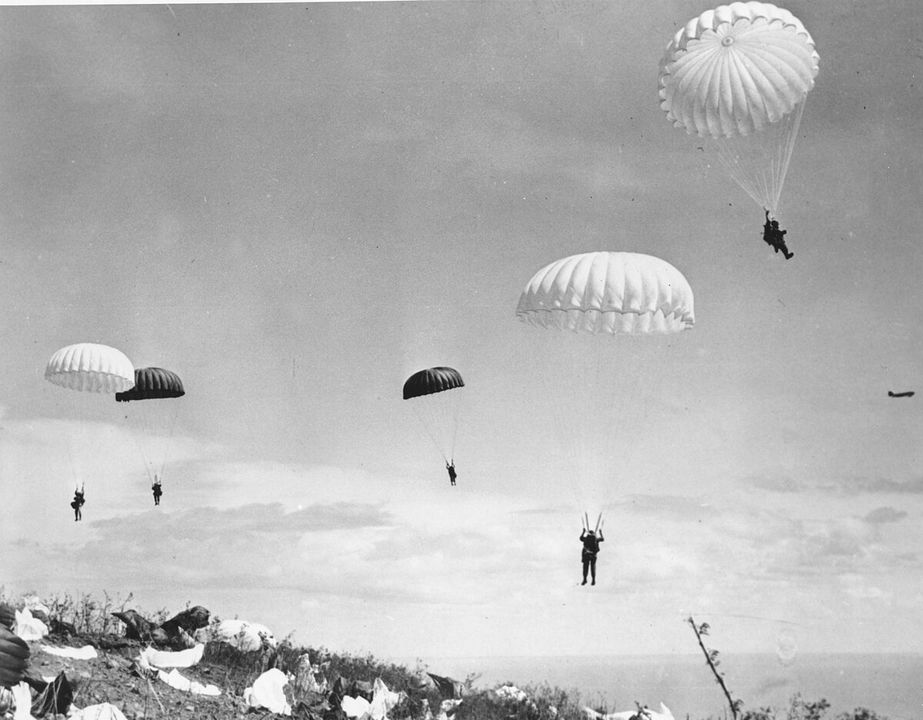
16 FEBRUARY 1862 - CAPTURE OF FORT DONELSON #CivilWar
The joint Army-Navy operation in the Henry and Donelson Campaign of 6-16 February 1862 achieved a strategic penetration of Confederate defenses.
#Armyhistory #USArmy #TRADOC #FortDonelson #MilitaryHistory @USArmy @TRADOC
The joint Army-Navy operation in the Henry and Donelson Campaign of 6-16 February 1862 achieved a strategic penetration of Confederate defenses.
#Armyhistory #USArmy #TRADOC #FortDonelson #MilitaryHistory @USArmy @TRADOC

Fort Henry on the Tennessee and Fort Donelson on the Cumberland Rivers protected the enemy's rail line of communication in northern Tennessee. Flag Officer Andrew H. Foote's gunboat flotilla transported Brigadier General Ulysses S. Grant's U.S. Army troops up the Tennessee River.
The soldiers landed and marched overland to occupy Fort Henry after it surrendered following a heavy naval bombardment. Before he capitulated, the enemy commander sent most of the garrison to Fort Donelson, ten miles away, while the rest of their army retreated toward Nashville. 

Grant advanced and surrounded Donelson on 12 February. Stronger than Henry, Donelson's defensive fires damaged several Navy vessels that attempted to support the land attack. 

As Grant prepared to conduct a siege, the defenders sortied out to disrupt the operation. When that failed, Brigadier General Simon B. Buckner surrendered Fort Donelson and its garrison on 16 February. 

• • •
Missing some Tweet in this thread? You can try to
force a refresh


















